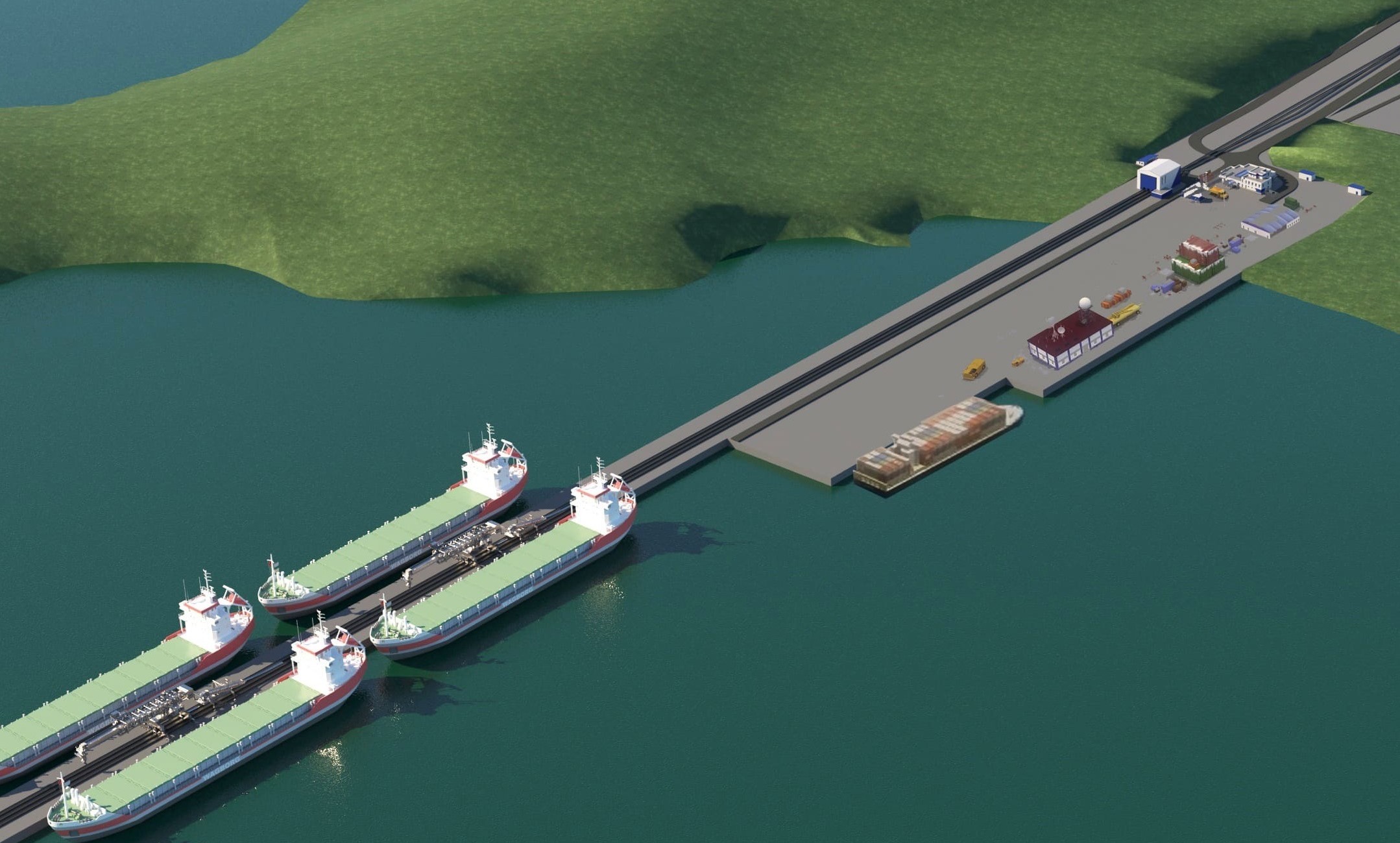
Total capacity of the Far East ports will grow by almost 30 million tonnes within a couple of year with implementation of the announced investment projects. In view of the exports pivot to Russia’s eastern gates, the highest growth is expected in Primorye and Kamchatka.
By 2026, experts say, the ports will be able to handle additional 45 million tonnes minimum although the terms for implementation of investment projects are not under public discussion in current times.
The growth of port infrastructure in the Primorsky Territory will make 4,55 million tonnes per year in 2022 and 12 million tonnes in 2023; in the Kamchatka Territory —10.85 million tonnes in 2023, 0.3 million tonnes in 2024 and 11.15 million tonnes in 2025, according to data provided by FSUE Rosmorport on the request of IAA PortNews. The development of ports will be ensured by the construction of a dedicated handling facility at Cape Otkrytiy (Vostokugol, 4.55 million tonnes, 2022), new specialized por in Sukhofol Bay (SDS-Ugol, 12 million tonnes, 2023) and LNG handling facility in Bechevinskaya Bay, Kamchatka (Novatek and Rosmorport, 10.85 million tonnes at Phase 1, 2023).
In the Khabarovsk Territory, the capacity of port facilities will grow by 0.43 million tonnes in 2023, 12 million tonnes in 2024, over 12 million tonnes in 2025 and 10 million tonnes in 2030. The projects include those of Daltransugol (12 million tonnes at Phase 1, 2024) and coal handling facility in Muchke Bay (VaninoTransUgol, 12 million tonnes, 2025).
On the Sakhalin, the capacity of port Korsakov will be increased by 8.25 million tonnes per yar and an LNG production facility is to be built in Poronaysk (14 million tonnes, 2026). These and other projects will ensure additional port capacity of 0.78 million tonnes in 2023, 14 million tonnes in 2026 and 8.25 million tonnes in 2028.
Dmitry Morozov, Chairman of the Committee for Investment Programmes on Port Infrastructure Development and Production Issues at the Association of Commercial Sea Ports (ASOP), emphasizes that the estimates are based on projects included into the comprehensive development plan. Meanwhile, port facilities the construction of which was announced by Elgaugol and Coalstar may add over 70 million tonnes of cargo to the Far East. Thus, at least 45 million tonnes of additional capacity will appear by 2026, together with other projects – up to 100 million tonnes, the expert believes.
Several Far East projects have been presented in summer 2022. For example, Nakhodka plant of mineral fertilizers announced the construction of a terminal for methanol shipments of 1.8 million tonnes in capacity. Besides, FESCO told about its new grain terminal based on Port Gaidamak (Vladivostok). The terminal of 400,000-600,000 tonnes in capacity is to be put into operation in 2023. In July, Khabarovsk Territory Governor Mikhail Degtyaryov announced the plans to build a new multipurpose port near the settlement of Zavety Ilyicha. Back in 2020, Rosatom’s Rusatom Cargo announced the construction of a container hub in the Far East and a ship to be operated there. According to the statements, pilot operation of the project with annual transportation of 8-10 million tonnes is to begin in 2024. Traditional players in the Far East market, SUEK and UGMK, also share their plans to expand terminals for handling of both coal and containers.
According to Dmitry Morozov, "the terms for implementation of private projects are not under public discussion in current times. In 2022, production capacity of Russia seaports will grow by 65.2 million tonnes to 1.3 billion tonnes, by 5.2%, year-on-year, according to State Transport Leasing Company (GTLK) referring to Rosmorrechflot. However, in January-December 2021, seaports of Russia handled 835.2 million tonnes, up 1.7%, year-on-year, according to ASOP. Thus, the capacity of ports exceeds their throughput considerably. In the first half of the year, after Russia’s special military operation began in Ukraine, the cargo flow was flat, year-on-year, at 412.1 million tonnes. According to the forecast of the Federal Marine and River Transport Agency (Rosmorrechflot), annual result of Russian seaports is expected to decline a little. “All the efforts are undertaken to ensure exports of resources from Russia,” said the expert.
More industry-related content is available on our social media pages: YouTube, Telegram, Twitter, Yandex Zen




